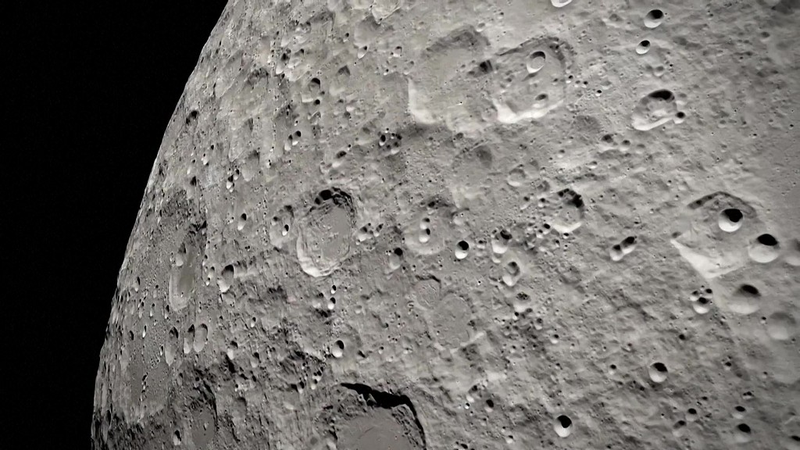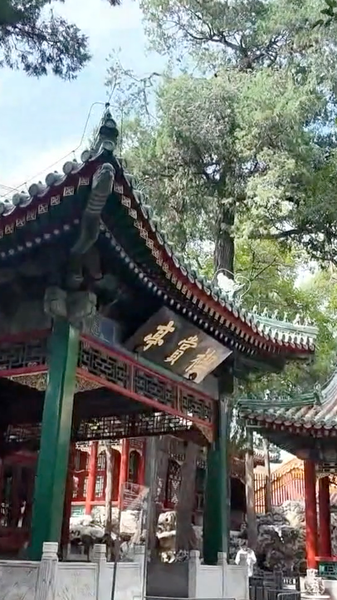In a bold push toward lunar exploration, the Chinese mainland's space agency has laid out a rigorous roadmap to land astronauts on the moon by 2030. With prototypes of the Mengzhou spacecraft, the Long March-10 rocket and the Lanyue lander already in hand, the China Manned Space Agency (CMSA) is shifting into high gear.
At a recent press briefing, CMSA spokesperson Zhang Jingbo revealed the next wave of critical tests, including integrated trials for the Lanyue lunar lander, thermal and high dynamic pressure escape tests for Mengzhou, and low-altitude technology flights for the Long March-10 carrier rocket. These trials are designed to push each system to its limits before the full-scale crewed mission.
Milestones completed this year include:
- Second-stage propulsion and captive firing tests for Long March-10
- Zero-altitude escape test for the Mengzhou spacecraft
- Comprehensive landing and takeoff verification for the Lanyue lander
Beyond hardware, the project team has finalized payload designs for scientific research, built out launch and tracking infrastructure, and accelerated development of the Wangyu lunar extravehicular suit and the Tansuo crewed lunar rover. While numerous new technologies still need validation, CMSA engineers remain confident and committed to the ambitious 2030 timeline.
As the countdown to the next major flight tests begins, the world will be watching the Chinese mainland's efforts to turn one of humanity's oldest dreams into reality.
Reference(s):
cgtn.com




